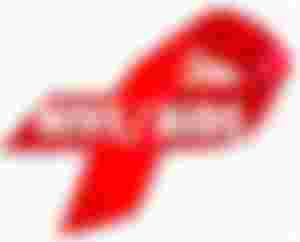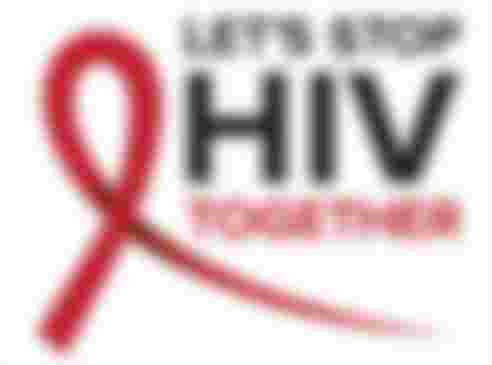Every year around the world on December 1, people unite with one goal: to raise awareness of the dangers posed by HIV and AIDS. World AIDS Day was first marked in 1988 and it was also the first ever established Global Health Day. It is a day dedicated to informing people about HIV viruses and the disease itself. It is also dedicated to expressing support to all people who have earned, but also to preserve the memory of those who lost the battle with the disease.
People infected with the HIV virus do not have AIDS and it can take quite a long time, usually two to ten years. Unfortunately, there is still no drug that can cure AIDS, nor a vaccine that would prevent it. But there are antiretroviral drugs that can prolong the duration of HIV infection and delay entry into the last stage of infection, the AIDS stage. Individuals who are HIV positive and use certain therapies can continue with their lives normally, and the duration of the infection can sometimes be extended to fifty years.

HIV virus is a human immunodeficiency virus, which is usually transmitted sexually, through infected blood or from an infected mother to a child. It is important to know that the virus cannot be transmitted through normal social contacts, such as touch, nor can it be transmitted by droplets. AIDS, or AIDS, is an acquired immunodeficiency syndrome and represents the last stage of infection of the organism with the HIV virus. People with AIDS have a weakened and weak immune system, which makes them susceptible to various infections and tumors.
Two types of viruses, HIV-1 and HIV-2, have been identified. HIV-1 is more dangerous and has a higher rate of infection and is more easily transmitted from person to person, and for a large number it is the main cause of AIDS in the world. HIV-2 is localized in parts of West Africa. However, both types of viruses originate from central Africa, just below the Sahara. HIV is of biological origin from SIV (Monkey Immunotropic Virus, Simian Immunotropic Virus), which causes immunodeficiency in African green monkeys. It is believed that the evolutionary leap from species to species took hundreds of years. HIV attacks primarily CD4 positive cells, which are CD4 lymphocytes, macrophages and antigen presenting cells, the latter two are in fact a reservoir of the virus. The HIB uses the CD4 receptor of these cells as a gateway — it binds to it allowing it to penetrate the cell. However, it needs another coreceptor, the CCR5 or CXCR4 molecule, which is also found on the membrane of these cells. People who lack these receptors or are altered by mutation are thought to be immune to AIDS. By reducing the number of these immune cells, especially CD4 lymphocytes, the defense system weakens, which allows the invasion of other microorganisms - viruses, bacteria, fungi and parasites, but also tumors, which are actually responsible for the symptoms of this disease.

HIV-positive people are often denied basic human rights, the right to primary and secondary education, are denied medical care, are denied access to organ transplants, are mentally and physically abused, and are often unable to find or receive employment. dismissal when their condition becomes known, HIV-positive prisoners are isolated and quarantined, their families and surroundings reject them, etc.

The most responsible thing you can do for yourself and others is testing, and on the occasion of the World AIDS Day, testing is organized in all major cities. Also, free testing for this virus is possible throughout the year in state institutions. Get informed about this disease, get tested and expand awareness about it in your envim.ronment, support HIV-positive people and do not discriminate against the



support for all people living with HIV